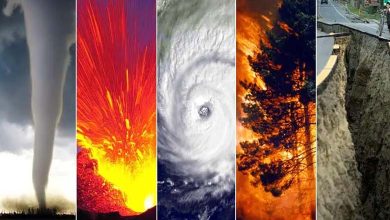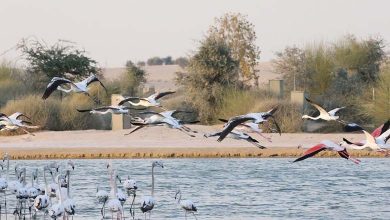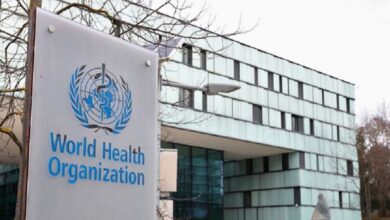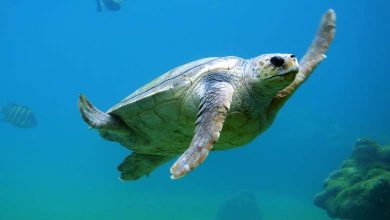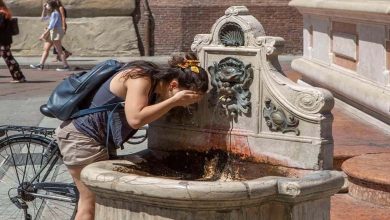The World’s Purest Lake Faces Pollution Threat from “Lake Mucus”
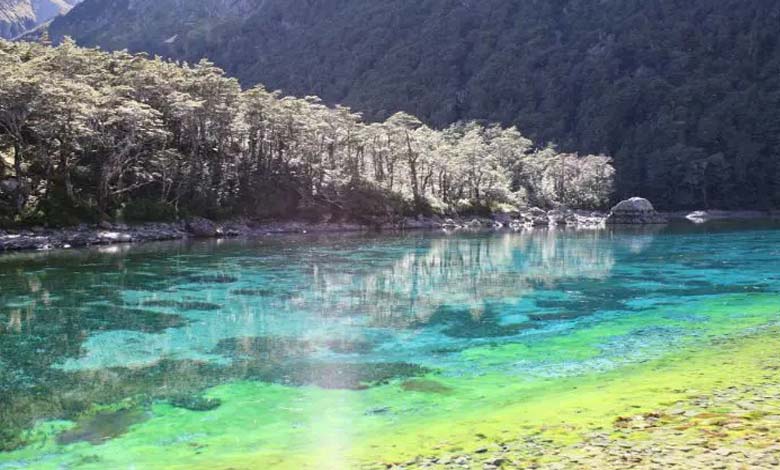
For about a decade, scientists have observed the exceptional visual clarity of Lake Constance, a breathtaking body of water located deep within Nelson Lakes National Park on New Zealand’s South Island.
According to CNN, the lake has been widely dubbed “the purest lake in the world”, and its stunning scenery has gone viral on social media, making it a popular tourist destination from December to March.
-
France: Air Pollution Responsible for Thousands of Severe Diseases
-
30% of Global Plastic Pollution is caused by “Car Tires”
The lake was first discovered by the Māori tribe Ngāti Apa, who named it “Rotomairewhenua”, meaning “Lake of Peaceful Lands”.
It became a sacred place for the tribe, where the bones of the deceased were ritually cleansed to ensure their souls’ safe journey to Hawaiki, the mythical Māori ancestral homeland.
However, conservation experts and the Ngāti Apa tribe fear that the lake’s growing popularity threatens its purity.
-
High pollution in the seine river threatens Paris Olympics
-
Study: Air pollution may be a significant cause of dementia
One of the biggest concerns is the spread of the microscopic algae Lindavia, commonly known as “lake mucus”, which forms a slimy layer just below the water’s surface.
This algae is already present at the lake’s outlet, also known as the “Blue Lake”, as well as in Lakes Rotoiti, Rotorua, and Tennyson. It could easily be transported along the trail by visitors’ shoes or water bottles.
According to Phil Novis, a phycology researcher at New Zealand’s Landcare Research Institute, this invasive Lindavia species is believed to have arrived in New Zealand from North America via fishing equipment.
-
Air pollution levels in China have risen for the first time in 10 years, according to a recent study
-
Study – Air pollution worsens children’s symptoms
“Humans are the primary vector for its spread,” Novis explained, adding that even a tiny trace of the algae could permanently alter the lake’s ecosystem.
Although it is not known to be toxic to humans, the algae releases long filaments that become a nuisance when concentrated, clogging fishing lines, boat filters, and hydroelectric power systems.
In the case of Rotomairewhenua, the slimy substance left by the algae could compromise the lake’s extraordinary clarity.
-
Massive Wildfires: A Worrisome Mystery for Scientists
-
An “Environmental Disaster” Threatens Tripoli, Lebanon
Environmental scientist Jane Skelton, who also serves as the environmental manager for the Ngāti Apa ki te Rā Tō Foundation, expressed deep
concern:
“We are extremely worried,” she said.
She added that if this invasive microorganism enters the lake, the consequences could be far-reaching, affecting both the water quality and the overall health of the lake’s ecosystem.
To mitigate the risk, the Department of Conservation has partnered with the Ngāti Apa ki te Rā Tō and Te Araroa organizations to implement biosecurity measures along the trail leading to the lake.
-
Positive and Negative: How Artificial Intelligence Affects the Environment
-
Turkey: Fog Suspends Ship Traffic in the Bosphorus Strait
Cleaning stations have been installed near lakes already contaminated with Lindavia, along with educational signs urging hikers to sanitize their shoes and gear before proceeding toward Rotomairewhenua.
Visitors are also advised to avoid contact with the water, including swimming, dipping towels to cool off, or submerging GoPro cameras to capture underwater footage.





